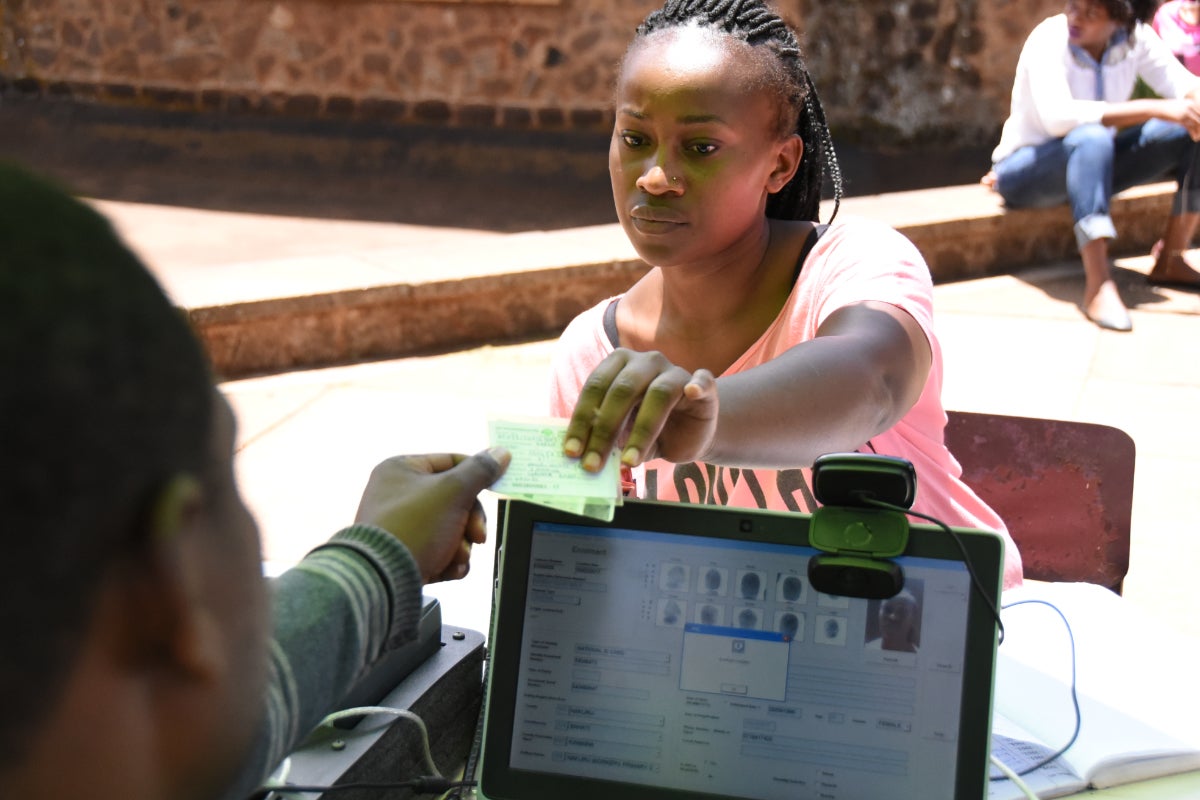
Women’s political leadership and participation

Countering gender biases among male and female voters and political leaders regarding the right of Kenyan women to participate in politics and decision-making is another critical area for further work. Once elected, women often find that they must navigate institutions that are discriminatory or gender blind in their practices. This calls for measures to support women in politics and decision-making positions to effectively advocate for legislation and policies favourable to women’s and girls’ interests.
Prescribed gender roles, patriarchal attitudes and structural barriers in Kenya’s political institutions disadvantage women, reducing the pool of candidates and the number of those elected. During the 2017 general election, while there was a marginal increase of 7.7 per cent in the number of women elected, they still only comprised 9.2 per cent of all those elected to county assemblies, the senate and parliament. Women currently account for 23.3 per cent of parliament (including women representatives).
The overarching objective of the Women in Leadership Programme is to increase the participation of women in politics and decision-making. This is achieved by focussing on three primary areas which are building the capacities of institutions responsible; building capacities existing and aspiring female decision makers’ and; strengthening civic understanding of women’s rights to political participation.